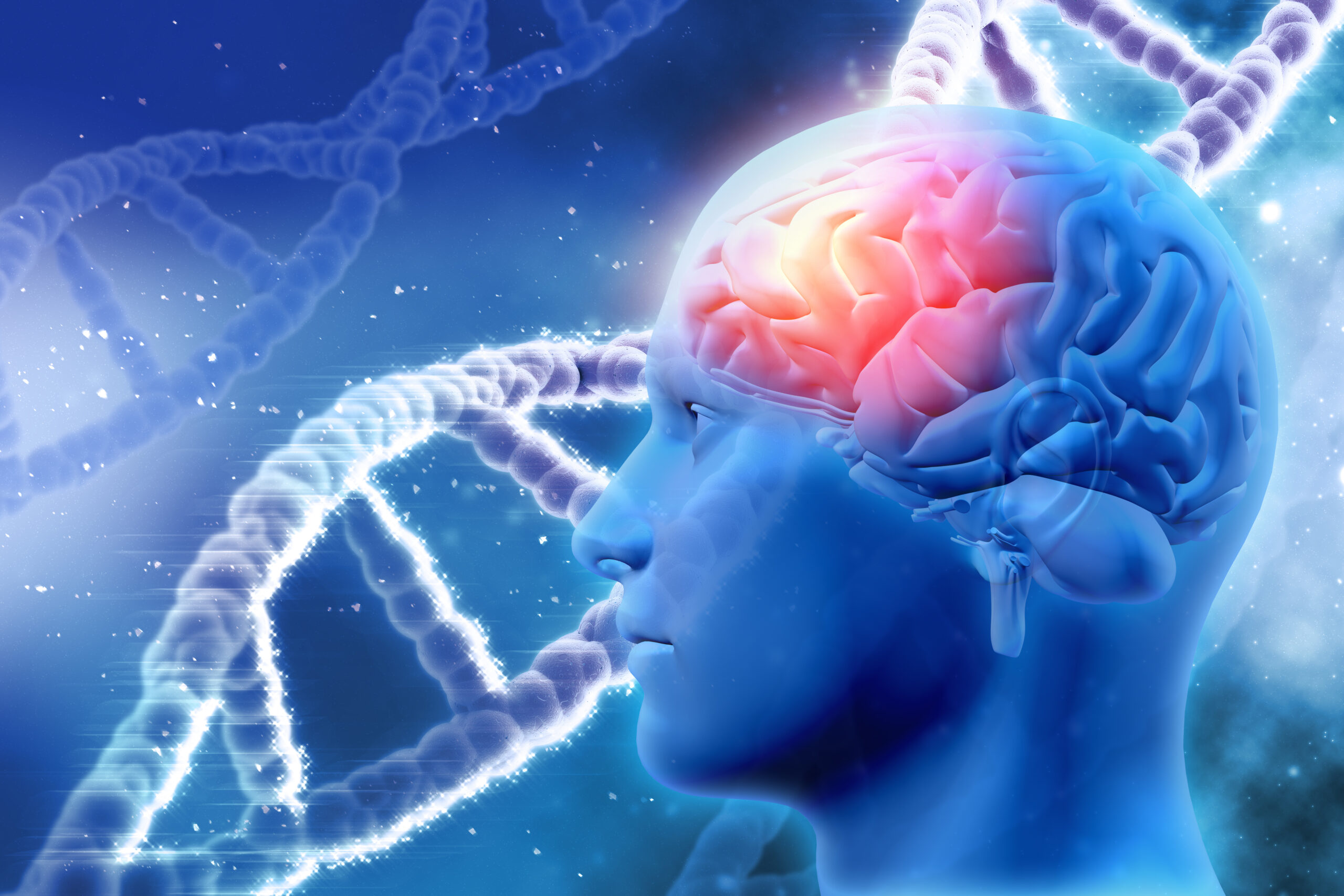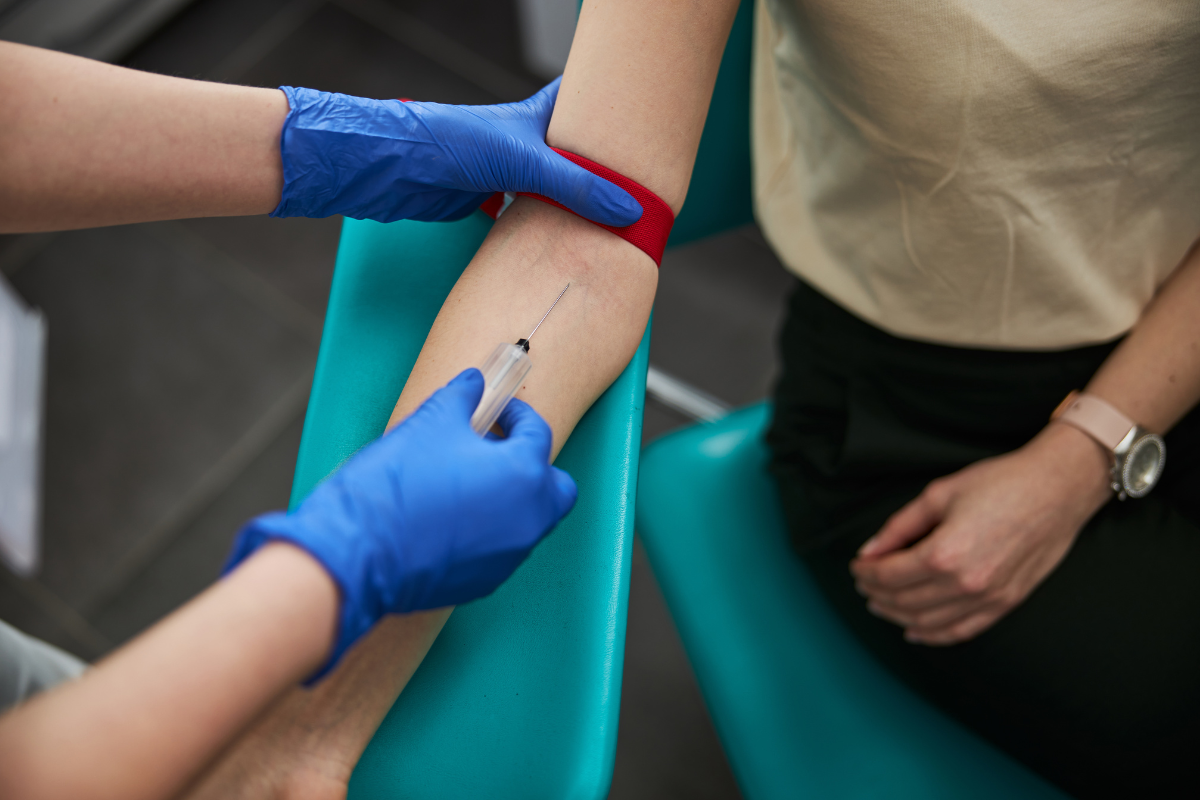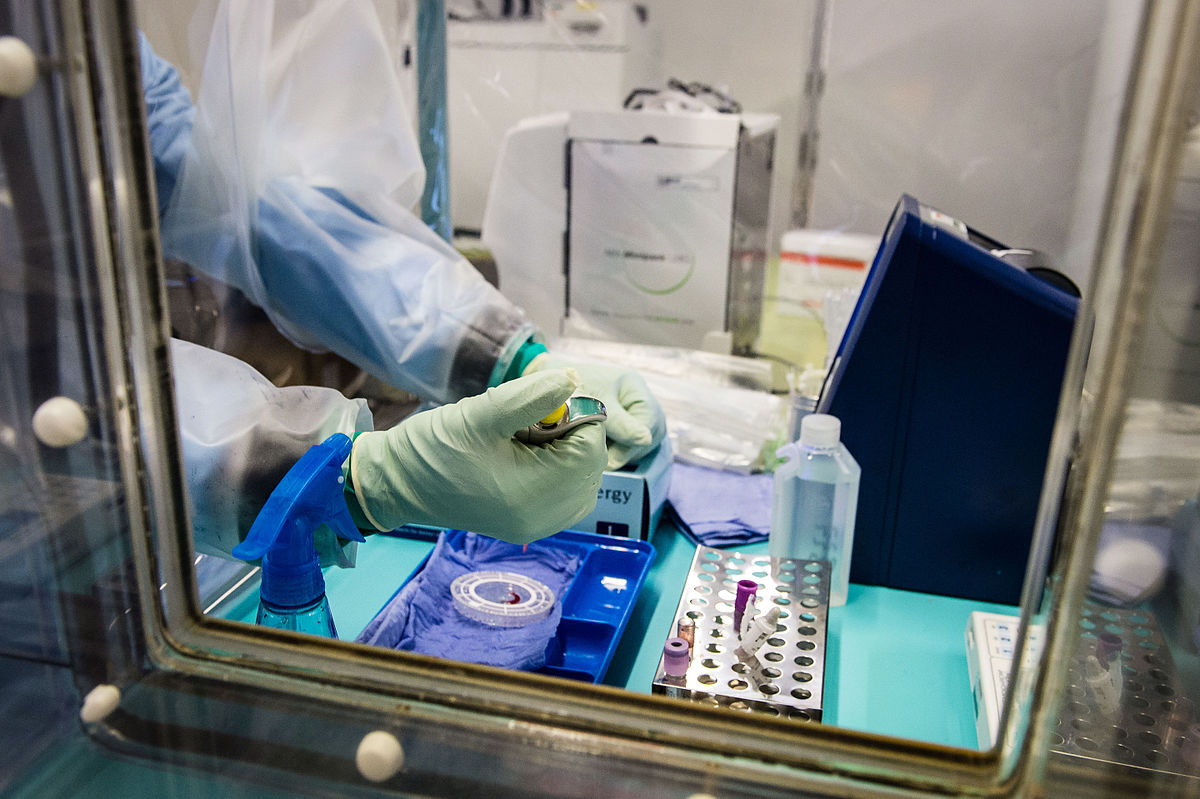Cultivating Neuro-Organoids for Translational Research

Neuro-organoids are 3D in vitro culture systems that mimic the organisation and development of the human brain. In their ability to recapitulate the brain's morphology and microarchitecture, neural organoids provide invaluable insights into disease progression unique to the human nervous system.
The global organoids market is projected to increase from 689.47 million USD in 2019 to 3.42 billion USD by 2027 at a CAGR of 22.1%. Predominant players in the field are Cellesce Ltd, Hubrecht Organoid Technology, Definigen, 3Dnamics, Inc., Organoid Therapeutics, PeproTech, Inc., Thermo Fisher Scientific, Corning Incorporated (Life Sciences), and Merck KGgA.
Key market drivers in neural organoids include the insufficiency of animal models, breakthroughs in patient-specific differentiated cell types, and the ability to obtain human neural cells relatively cost-effectively. Furthermore, the capability of 3D-organoid cultures to simulate organ functionality has established them as optimal candidate models for precision medicine.
But what’s next for the neuro-organoid field? In this article, we hear from senior pharmaceutical representatives working in both industry and academia to discover the future projections of 3D neuro-organoids for translational research in biomarkers.
Neuro-Organoids: Ageing in Diseases vs Fetal Derived-Organoids
The current landscape of neuro-organoids is one of constant development. Predominant therapeutic interest centres around organoid discovery for key neurodegenerative diseases such as Alzheimer’s, Parkinson’s, and Frontotemporal dementia. However, a significant industry challenge is the difficulty of studying human development and measuring neurological ageing.
As Alison Rowles, Director of Pathology at GlaxoSmithKline puts it, “prevalent neurodegenerative diseases tend to occur in an ageing population, which begs the question of how useful embryonic-derived organoids can be.” This means there is a replicability issue with using fetal cells and organoids to measure pathology in older, more mature cells. Moreover, as Shuibing Chen, Kilts Family Professor and Director of Diabetes Program at the Department of Surgery, Weill Cornell Medicine, points out that the “fetal or neonatal stage model is not comparable to a 50- or 60-year-old brain.”
The current landscape of neuro-organoids is one of constant development.
Whilst reproducibility is not an exclusive issue to the organoid field; it is a challenge that also occurs in the animal models for transgenic diseases; Rowe admits the necessity of accurate translation. She says, “drug discovery is restricted to a fairly tight timeframe, so we want translational solutions as quickly as possible to evaluate features such as chemical quality and efficacy.”
Developing better-adapted organoids for neurodegenerative disease will likewise reduce animal usage during clinical trials. According to Chen, “animal models can provide useful information, but because their lifelines are so different, there is and will always be a preference for developing specifically human models to study human brain development.”
Future Perspectives: Advancing Organoid Complexity and Robustness
The field must advance organoid complexity to make current neuro-organoids translational and relevant. One such solution is to make the organoid closer aligned to the microenvironment of the human brain. For example, Chen explained how “it is not only the cell-autonomous phenotype but also the microenvironment that provides a lot of signals promoting the ageing process.”
Other advancements include increasing the length of stability for neuro-organoids. Currently, it is only possible to culture neuro-organoids for up to 2 to 3 years. Utilising co-culture neurons to better mimic organ physiology can improve stability through developed measurement and understanding of migration, proliferation, and crosstalk between different cell populations.
- What are the Challenges of Clinical Biomarkers for Neurological Disorders and Oncology?
- How can the Industry Streamline Clinical Testing in Precision Medicine?
- Using Human Stem Cell Models for Neurodegenerative Diseases
However, a considerable challenge in co-culture is differing cellularity growth and chemical factors. Therefore, it is imperative to identify a media in which both cell types can survive. Chen adds, “we must be able to fully characterise the cells as some can change their identity slightly during the process.” For instance, “microglia cells, in particular, can change their identity in a microglia co-culture when the host is different.” In this case, RNA can be used to measure characterisation changes, though additional development to this process is still required.
Rowles indicated the more precise identification of neural pathways as integral to establishing robust organoids to treat Parkinson’s diseases. “Getting some of the neuronal pathways confidently established within these models will help to confidently determine the neurological breakdown these diseases cause,” she explained. Other areas of innovation include improving organoid stability and robustness by introducing microvasculature and immune components.
Forward Thinking: Innovative Projections for Organoid Development
Within the next couple of years, the ever-cutting-edge field of organoid development for translational research could see various strategies to expand product offerings and strengthen complexity. As Rowles predicts, “we may hopefully be able to get some drugs through to the screening process stages using these model systems.” She surmises, “although this may end up as a fairly reductionist approach, it would be impressive to see this happening over the next five years”.
“Getting some of the neuronal pathways confidently established within these models will help to confidently determine the neurological breakdown these diseases cause,” Rowles explained.
Efforts to improve reducibility will additionally be seen via cortical spheroid use to facilitate high-throughput testing. Scalability is a further promising avenue for future development, with Chen deeming it “the major strength of the organoid platform.” In particular, she hopes to “scale up to a screening platform using a bolder system that closely mimics a 3D-like human brain.”
The utilisation of neuro-organoids holds many promises for the biomarker industry in its fight against neurodegenerative disease. And at Oxford Global, we eagerly await welcoming in the latest advancements made by this platform over the coming years.
Want to find out more about the latest Biomarker news? Register now for Oxford Global’s flagship event, Biomarkers US: In-Person. This is a must-attend forum covering the latest trends transforming biomarker and translational research.






